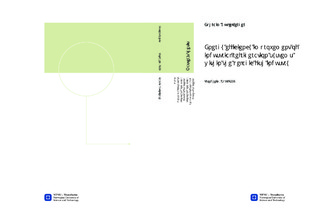| dc.description.abstract | Nowadays a high quality standard of fish products, either fresh or frozen, is desired. Therefore a fast processing is of the highest priority. Since the world-wide consump-tion is rising steadily, larger refrigeration plants and warehouses are being built. Consequently, the energy usage of such facilities is increasing. To offset the additional electricity costs, the energy efficiency must be improved either by inventing and investigating new and highly efficient industrial processes. Furthermore, increasingly stringent environmental standards impose even higher efforts on developing refrigeration systems with natural refrigerants. Ammonia is known as the thermodynamic most efficient refrigerant and is used for many applications, including the state of the art industrial refrigeration of the pelagic fish. However there are limitations of using ammonia as a coolant. As an example, the application is limited below -40°C and the efficiency reduces significantly due to the required high pressure ratio and the high specific volume. Opposed to ammonia, carbon dioxide with its high volumetric efficiency has unique benefits in the temperature range between -40°C and -50°C. Due to the smaller system components, capacity enhancements have been realized for offshore applications in cascade systems with ammonia as high temperature media. Although many NH3/CO2 cascade systems have proven to be highly efficient in various applications all over the world, this technology has not yet been established for onshore plants within the pelagic fish industry in Norway. Therefore the motivation for this thesis was the investigation of a cascade refrigeration system for a given freezing tunnel provided by Norway Pelagic AS. The main tool was the objective-orientated, declarative modelling language Modelica with the simulation environment Dymola Control. Besides the investigation of various system parameters that mainly affected the freezing process time and the energy consumption, an energy recovery system was designed and a laboratory facility was constructed. Additionally, the effect of the substantial vulnerability for pressure losses and the resulting temperature reduction on the evaporator side was discussed. Since the cutting-edge cascade technology is not yet existent in onshore plants within the pelagic fish industry, positive feedback and an understanding of the technical and economical background and a literature review was an important indication which allowed different approaches for the project in the future | nb_NO |

